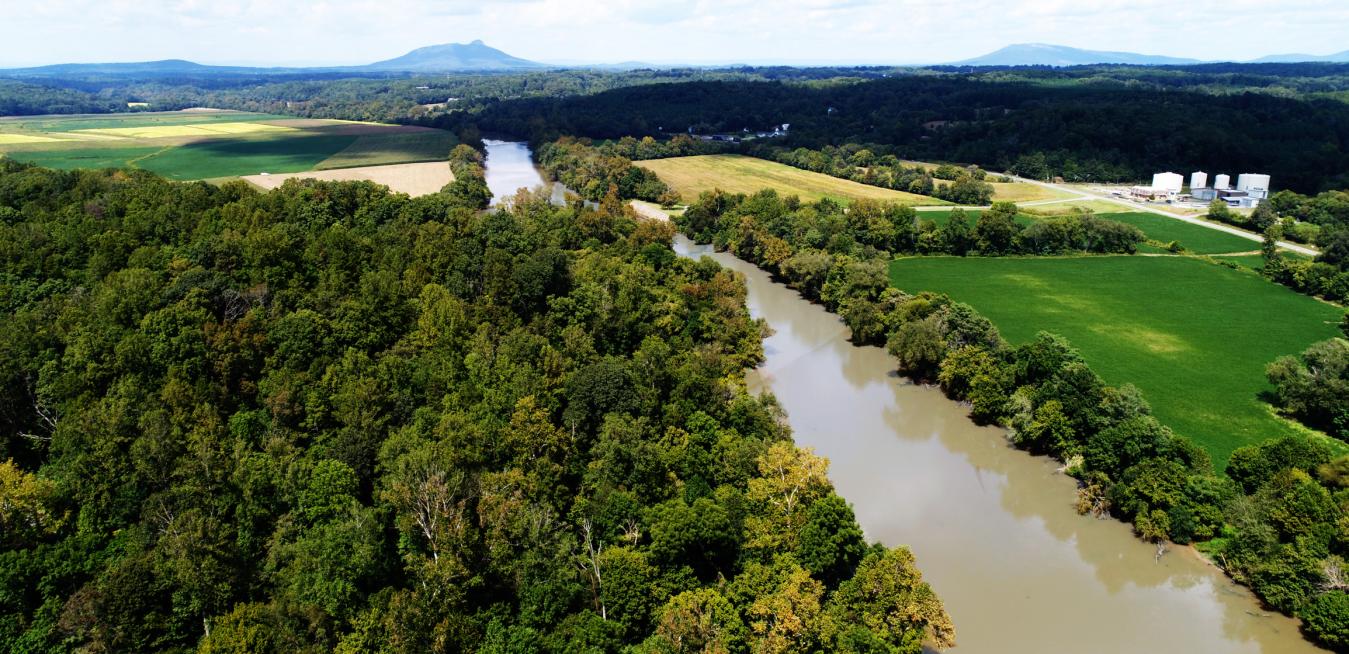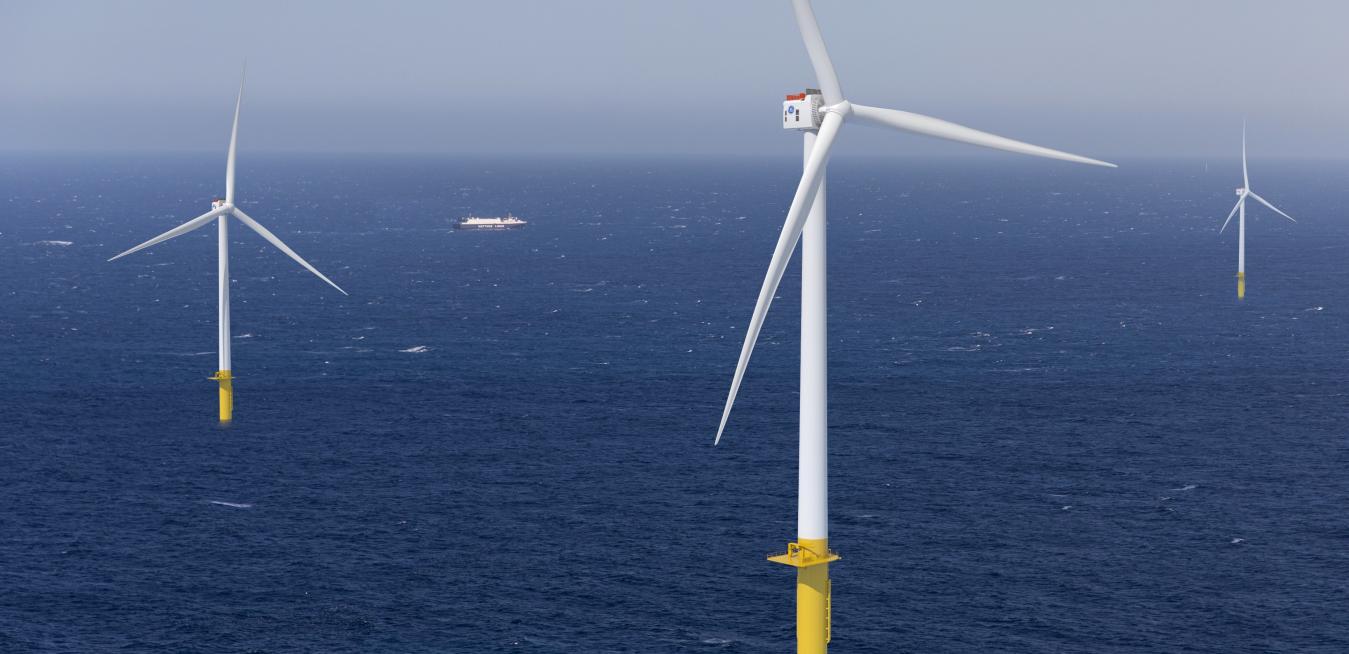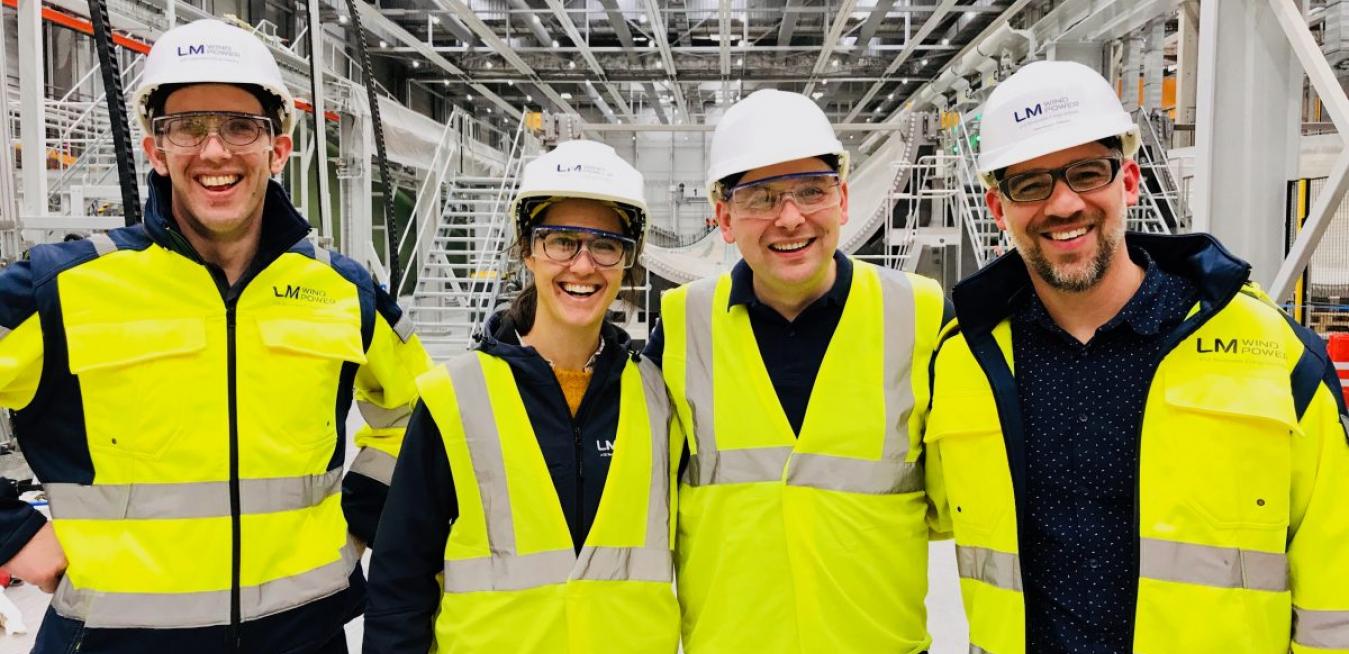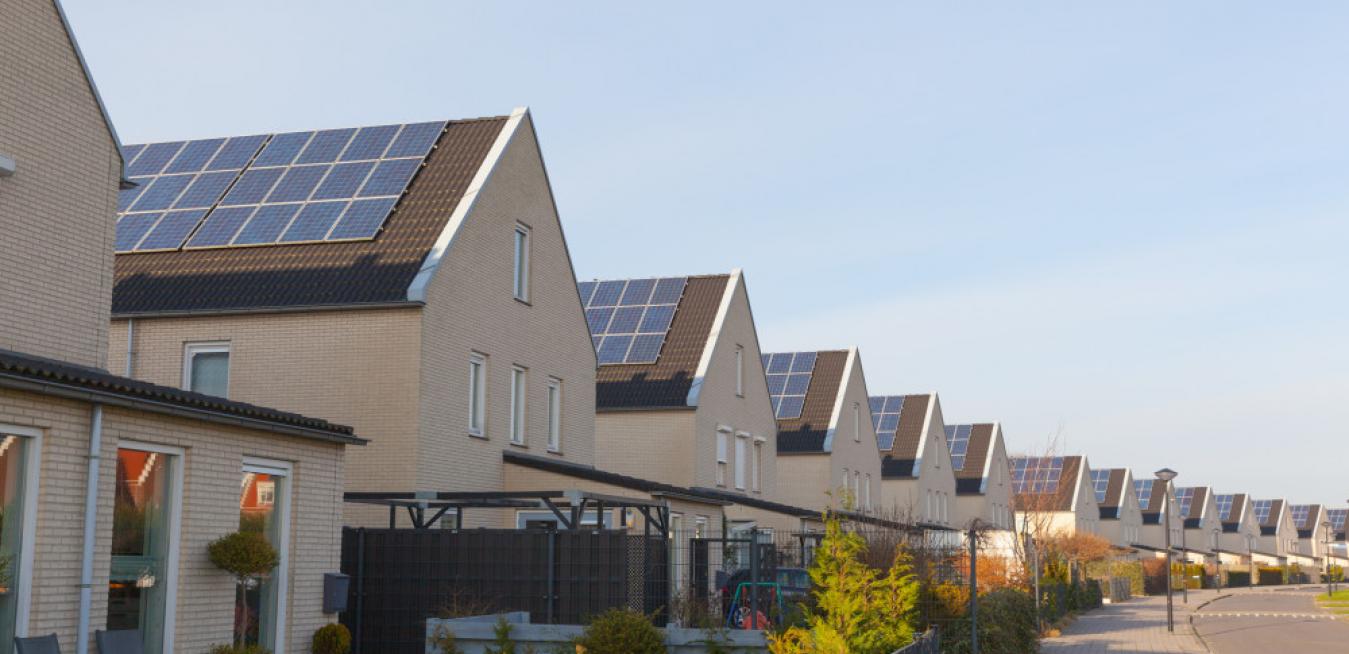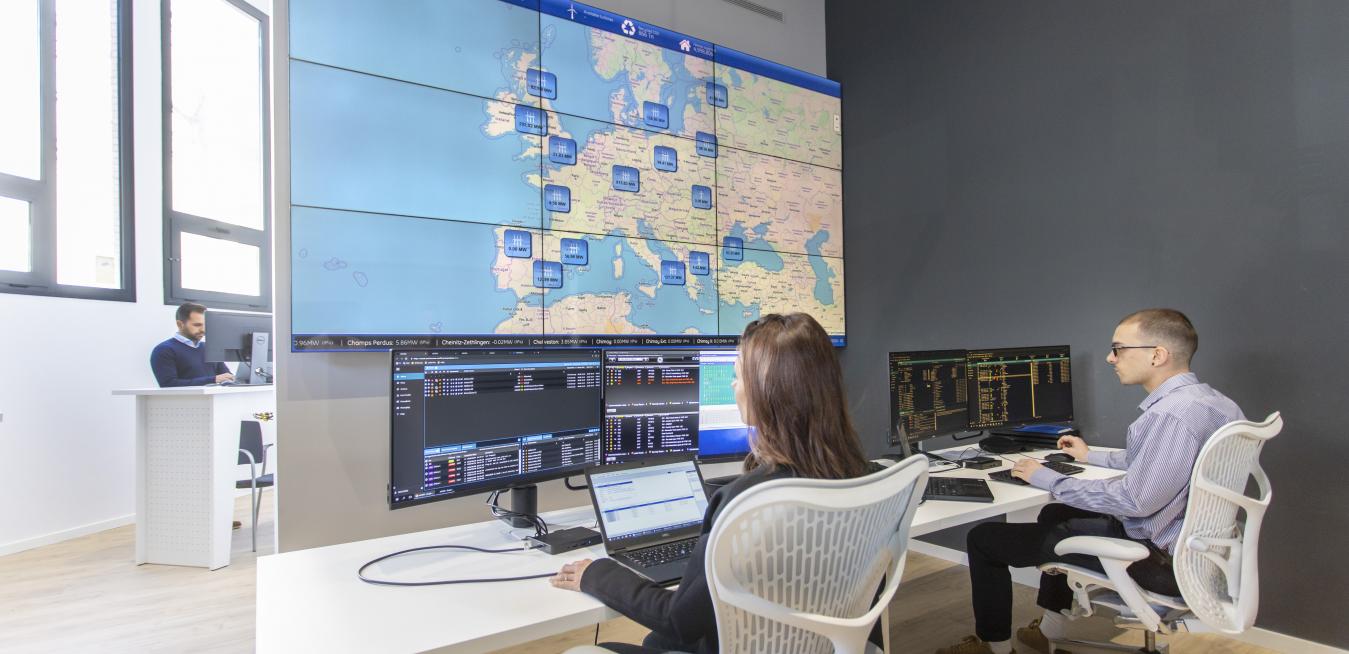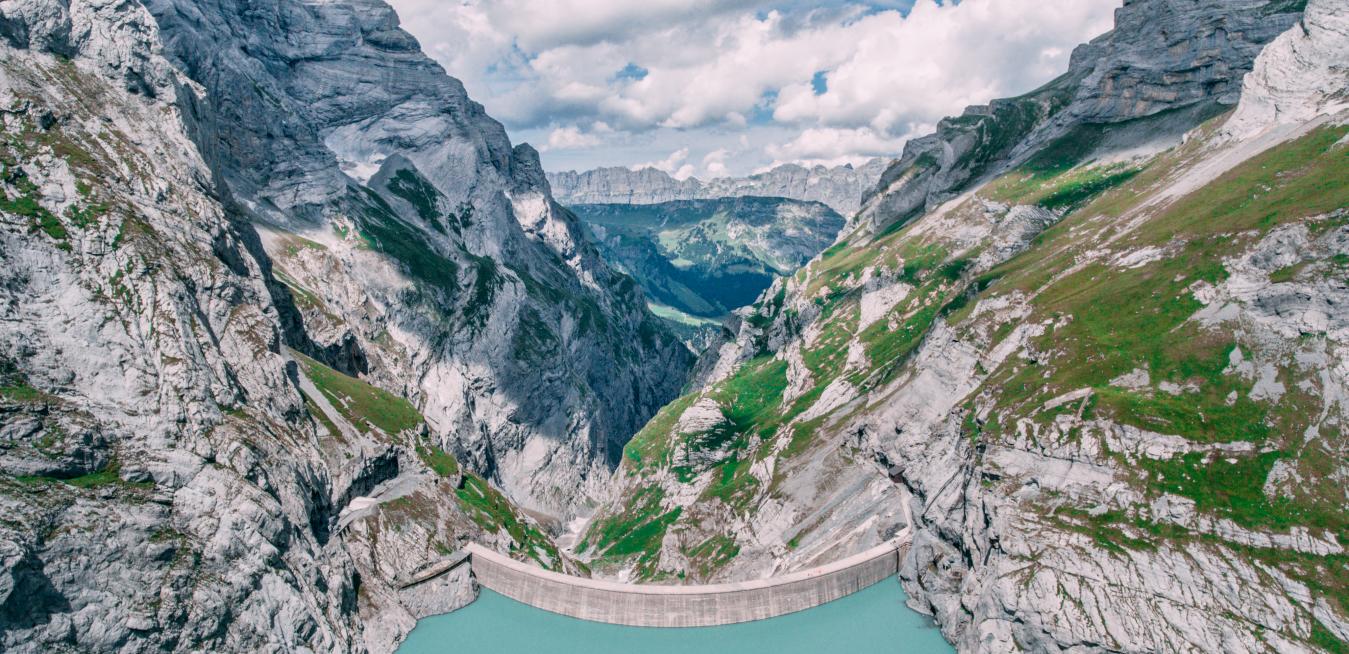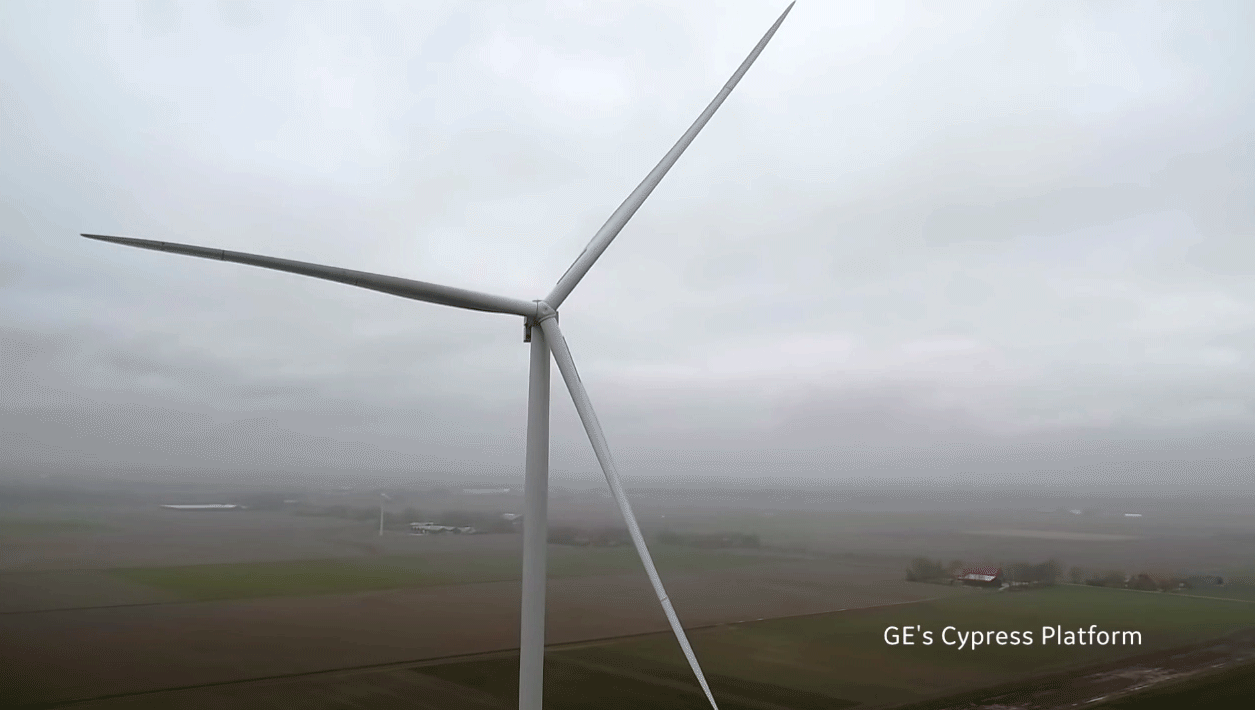Pulling A Rabbit Out Of A DNA Molecule
Ever since Plato wrote about the lost island of Atlantis, scientists and enthusiasts of every ilk have been searching for it. One location that’s gathered a lot of attention is Dogger Bank, a vast shallow sandbank in the North Sea. Larger than Connecticut, the bank might once have formed a land bridge connecting the U.K. with continental Europe, but disappeared 7,000 years ago at the end of the last ice age, when melting glaciers caused seas to rise.
Commercial electricity was a shiny new thing in 1897, when operators flipped the switch on the Mechanicville Hydroelectric Station on the Hudson River in upstate New York. Straddling one of the river's fastest-running channels, the plant was famous even before it began sending power to customers. Up to 1,000 visitors day came to gawk at the technological marvel, whose generators were designed by GE polymath and research lab founder Charles Proteus Steinmetz. And it was built to last.
Following the D-Day invasion, few prizes were as valuable to the advancing Allies as Cherbourg, a large French deep-water port located just northwest of the Utah and Omaha landing beaches in Normandy. Commissioned by France’s last king, Louis XVI, championed by Napoleon and occupied by Nazi Germany during World War II, the port was key to opening a direct shipping route for supplies from the U.S. The Germans garrisoned there knew it well — and put up a fierce fight.
The brick chimneys of Barcelona’s Poblenou district — the city’s old industrial quarter, squeezed between the avant-garde towers of Antoni Gaudi’s Sagrada Familia cathedral and the Mediterranean Sea — have lain dormant for decades. But industry is gradually returning to the proud, hardworking barrio. For example, a former cutlery factory now serves as offices for GE Renewable Energy, housing a high-tech nerve center that monitors and controls a decent chunk of southern Europe’s burgeoning wind energy industry.






